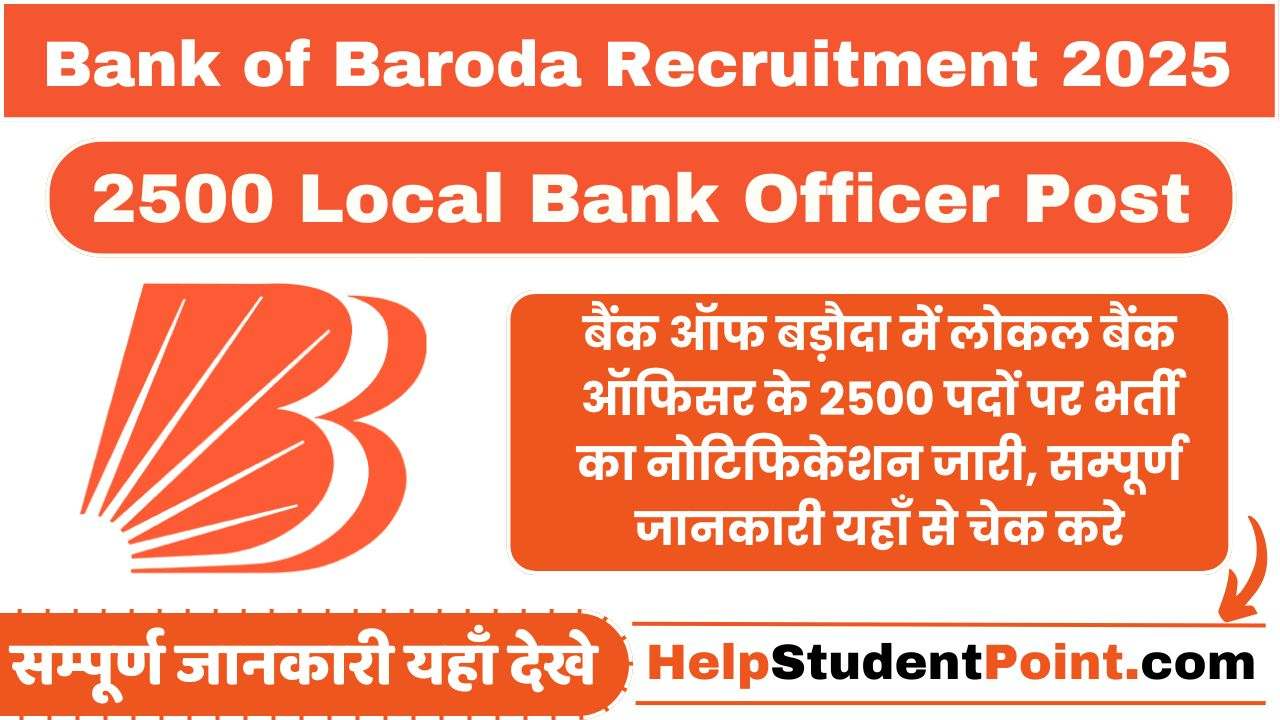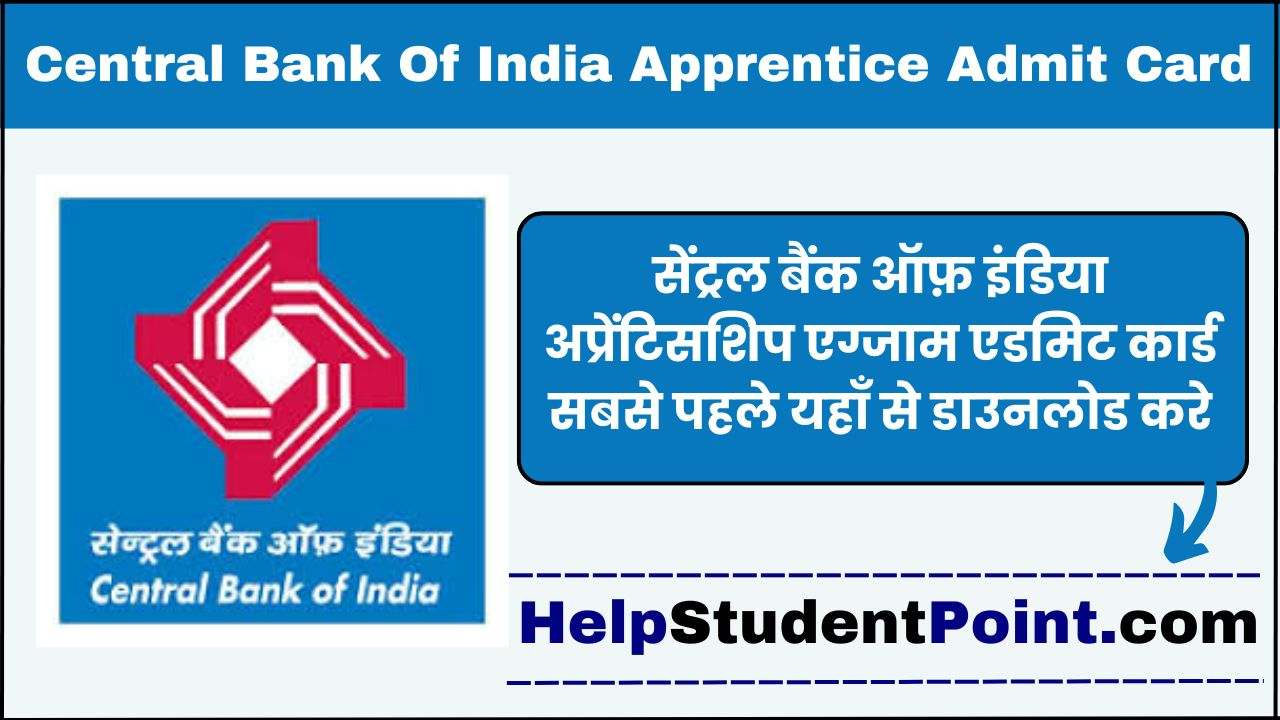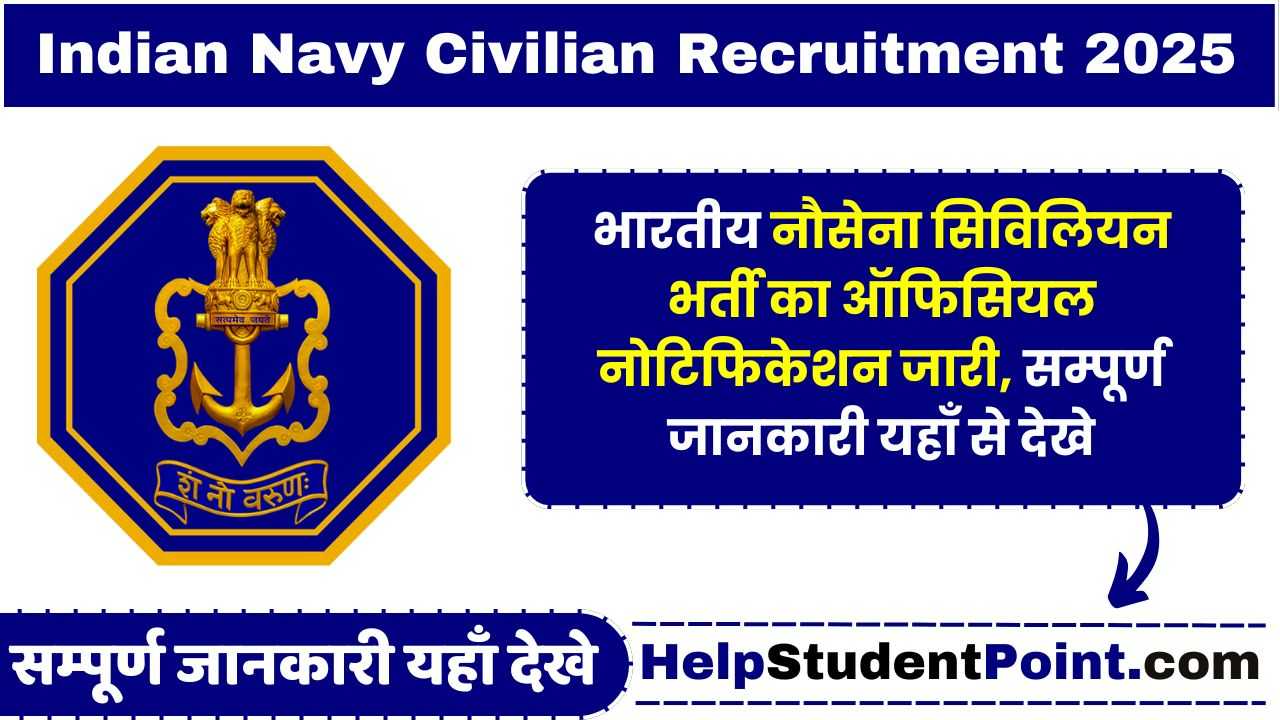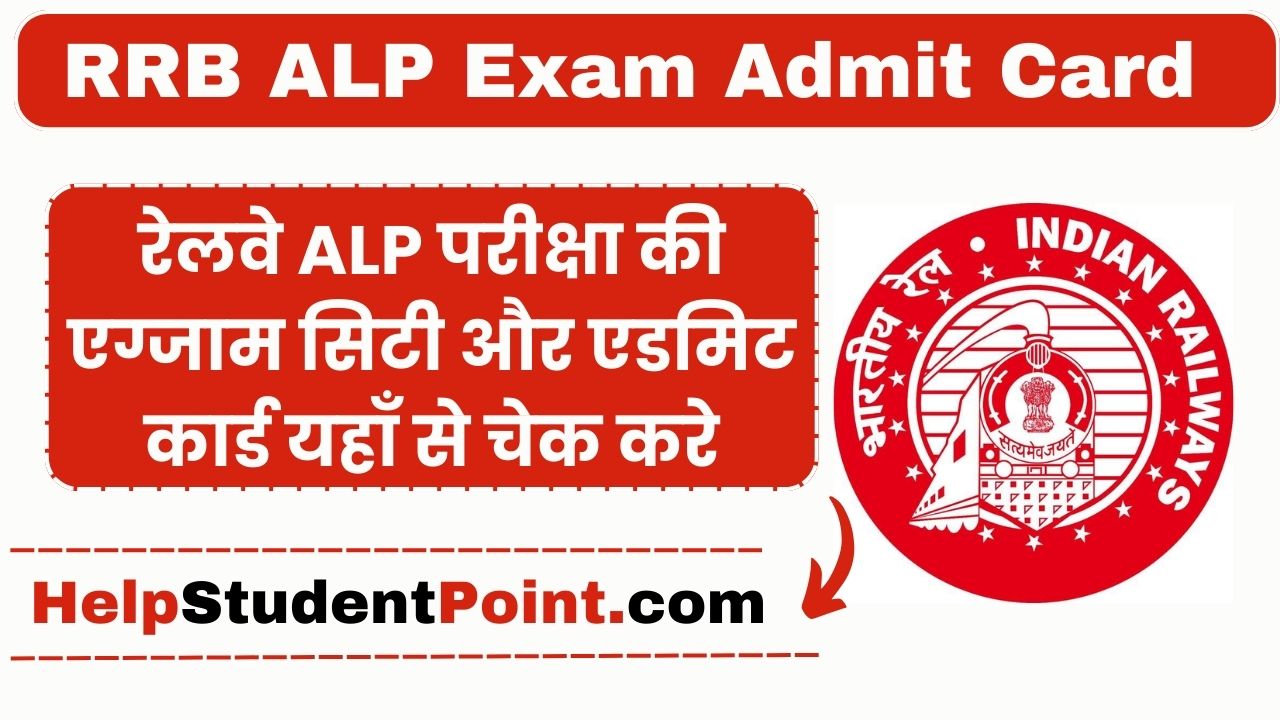| UPSC CSE Geology Optional Syllabus for Paper-I | ||||||||
| 1. General Geology : The Solar System, meteorites, origin and interior of the earth and age of earth; Volcanoes—causes and products, Volcanic belts. Earthquakes—causes, effects, seismic of zone of India; Island arcs, trenches and mid-ocean ridges; Continental drift; Seafloor spreading, plate tectonics. Isostasy. 2. Geomorphology and Remote Sensing : Basic concepts of geomorphology. Weathering and soil formations; Landforms, slopes and drainage. Geomorphic cycles and their interpretation. Morphology and its relation to structures and lithology; Coastal geomorphology; Applications of geomorphology in mineral prospecting, civil engineering; hydrology and environmental studies; Geomorphology of Indian sub-continent. Aerial photographs and their interpretation—merits and limitations; The Electromagnetic spectrum. Orbiting Satellites and Sensor Systems. Indian Remote Sensing Satellites. Satellite data products; Applications of remote sensing in geology; The Geographic Information System (GIS) and Global Positioning System (GPS)—its applications. 3. Structural Geology : Principles of geologic mapping and map reading, projection diagrams, Stress and strain ellipsoid and stress-strain relationships of elastic, plastic and viscous materials; Strain markers in deformed rocks. Behaviour of minerals and rocks under deformation conditions. Folds and faults classification and mechanics; Structural analysis of folds, foliations, lineations, joints and faults, unconformities; Time-relationship between crystallization and deformation. 4. Paleontology : Species—definition and nomenclature; Megafossils and Microfossils. Modes of preservation of fossils; Different kinds of microfossils; Application of microfossils in correlation, petroleum exploration, paleoclimatic and paleoceanographic studies; Evolutionary trend in Hominidae, Equidae and Proboscidae. Siwalik fauna. Gondwana flora and fauna and its importance; Index fossils and their significance. 5. Indian Stratigraphy : Classification of stratigraphic sequences: lithostrati-graphic, biostratigraphic, chrono-stratigraphic and magnetostratigraphic and their interrelationships; Distribution and classification of Precambrian rocks of India; Study of stratigraphic distribution and lithology of Phanerozoic rocks of India with reference to fauna, flora and economic importance. Major boundary problems—Cambrian/ Precambrian, Permian/Triassic, Cretaceous/Tertiary and Pliocene/Pleistocene; Study of climatic conditions, paleogeography and igneous activity in the Indian sub-continent in the geological past. Tectonic framework of India. Evolution of the Himalayas. 6. Hydrogeology and Engineering Geology : Hydrologic cycle and genetic classification of water; Movement of subsurface water; Springs; Porosity, permeability, hydraulic conductivity, transmissivity and storage coefficient, classification of aquifers; Water-bearing characteristics of rocks; Groundwater chemistry. Salt water intrusion. Types of wells. Drainage basin morphometry; Exploration for groundwater; Groundwater recharge; Problems and management of groundwater; Rainwater harvesting; Engineering properties of rocks; Geological investigations for dams, tunnels highways, railway and bridges; Rock as construction material; Landslides causes, prevention and rehabilitation; Earthquake-resistant structures. |
| Also Read | ||||||||
| Latest UPSC Jobs | ||||||||
| Lastest UPSC Syllabus | ||||||||
| UPSC Previous Year Paper | ||||||||
| Latest UPSC Admit Card | ||||||||
| Latest UPSC Results | ||||||||
| UPSC Exam Salary Chart | ||||||||
| UPSC Official WebSite |
| UPSC CSE Geology Optional Syllabus for Paper-II | ||||||||
| 1. Mineralogy : Classification of crystals into systems and classes of symmetry; International system of crystallographic notation; Use of projection diagrams to represent crystal symmetry; Elements of X-ray crystallography. Physical and chemical characters of rock forming silicate mineral groups; Structural classification of silicates; Common minerals of igneous and metamorphic rocks; Minerals of the carbonate, phosphate, sulphide and halide groups; Clay minerals. Optical properties of common rock forming minerals; Pleochroism, extinction angle, double refraction, birefringence, twinning and dispersion in minerals. 2. Igneous and Metamorphic Petrology : Generation and crystallisation of magmas. Crystallisation of albite—anorthite, diopside—anorthite and diopside—wollastonite—silica systems. Bowen’s Reaction Principle; Magmatic differentiation and assimilation. Petrogenetic significance of the textures and structures of igneous rocks. Petrography and petrogenesis of granite, syenite, diorite, basic and ultrabasic groups, charnockite, anorthosite and alkaline rocks. Carbonatites. Deccan volcanic province. Types and agents of metamorphism. Metamorphic grades and zones; Phase rule. Facies of regional and contact metamorphism; ACF and AKF diagrams; Textures and structures of metamorphic rocks. Metamorphism of arenaceous, argillaceous and basic rocks; Minerals assemblages. Retrograde metamorphism; Metasomatism and granitisation, migmatites. Granulite terrains of India. 3. Sedimenary Petrology : Sedimentas and Sedimentary rocks: Processes of formation; digenesis and lithification; Clastic and non-clastic rocks-their classification, petrography and depositional environment; Sedimentary facies and provenance. Sedimentary structures and their significance. Heavy minerals and their significance. Sedimentary basins of India. 4. Economic Geology : Ore, ore mineral and gangue, tenor of ore. Classification of ore deposits; Processes of formation of mineral deposits; Controls of ore localisation; Ore texures and structures; Metallogenic epochs and provinces; Geology of the important Indian deposits of aluminium, chromium, copper, gold, iron, lead, zinc, manganese, titanium, uranium and thorium and industrial minerals; Deposits of coal and petroleum in India, National Mineral Policy; Conservation and utilization of mineral resources. Marine mineral resources and Law of Sea. 5. Mining Geology : Methods of prospecting—geological, geophysical, geochemical and geobotanical; Techniques of sampling. Estimation of reserves of ore; Methods of exploration and mining-metallic ores, industrial minerals, marine mineral resources and building stones. Mineral beneficiation and ore dressing. 6. Geochemistry and Environmental Geology : Cosmic abundance of elements. Composition of the planets and meteorites. Structure and composition of earth and distribution of elements. Trace elements. Elements of crystal chemistry-types of chemical bonds, coordination number. Isomorphism and polymorphism. Elementary thermodynamics. Natural hazards—floods, mass wasting, costal hazards, earthquakes and volcanic activity and mitigation; Environmental impact of urbanization, mining, industrial and radioactive waste disposal, use of fertilizers, dumping of mine waste and fly-ash. Pollution of ground and surface water, marine pollution. Environment protection—legislative measures in India; Sea level changes: causes and impact. |
Frequently Asked Questions (FAQs) On UPSC CSE Optional Syllabus
Question- What is the UPSC’s Annual Programme (Calendar) of Examinations/RTs (Recruitment Tests)?
Answer – The UPSC publishes an Annual Programme (Calendar) of all the Structured Examinations/RTs conducted by it at least 6 months in advance (i.e. in June) for the Examinations/RTs to be conducted during the next calendar year. The Programme is uploaded on the UPSC’s website as also published in the leading news papers of the country. The date of issue of Examination Notice for each Examination is also mentioned in this Annual Programme.
Question- What happens if a candidate submits multiple online applications?
Answer – While a candidate should avoid submitting more than one online application, in case of doing so, the data provided in the last application (highest RID Number), that is successfully submitted online, is accepted by the Commission. All previous applications are ignored as these are amalgamated with the last completed & finally submitted application. If an applicant (who has already submitted an application successfully) wants to
make amendments in the application, then he has to submit a fresh application on or before the last date of submission of application of the Examination. Therefore, it must be ensured that fee is submitted against the
last online application only, which should also be complete in all respects including its final submission. Fee paid against one RID shall not be adjusted against any other RID number
Question- What action is taken by the Commission in case of submission of false information by the candidates?
Answer – A candidate found to be furnishing false information to the Commission or suppressing information, adopting various unfair means in the Examination like impersonation, cheating, etc., is liable to be disqualified
and/or debarred from writing UPSC Examinations as decided by the Commission. A detailed stipulation in this regard is incorporated in the Rules of Examination/ Examination Notices.





